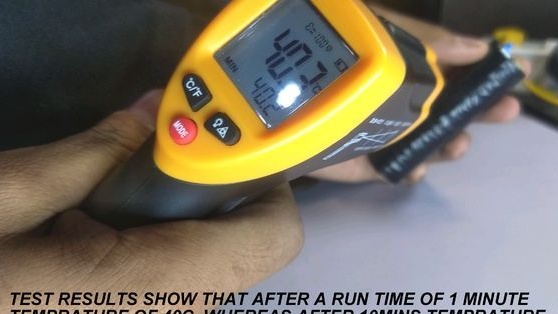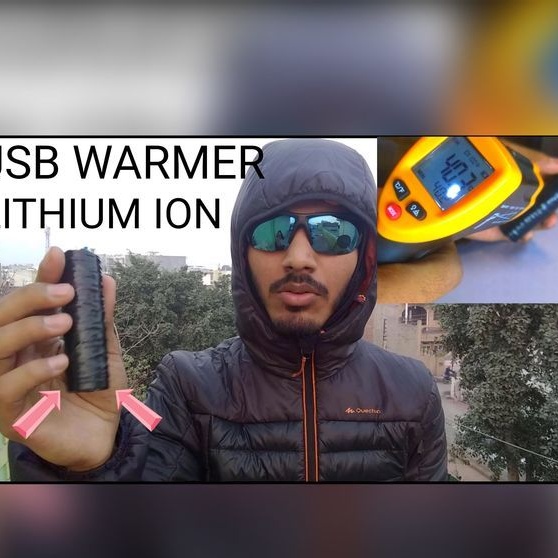
Many heard, and some used a catalytic heating pad. The principle of operation of such a heating pad is simple. Gasoline is poured inside such a heating pad, the catalytic grid is heated. Then the lid closes and as a result of oxidation of gasoline vapors in the presence of a catalyst, the metal heating pad is heated. Some models work up to 12 hours on 4 cubes of highly refined gasoline. Such a hot-water bottle was invented even during the First World War. But progress does not stand still, and modern inventors are trying to create devices similar in functionality, but using modern technologies.
Tools and materials:
-Insulating tape;
-Metal pipe;
-Copper wire;
-The wire;
-Cardboard;
-Lithium-ion battery;
-Soldering iron;
-Knife;
-Hacksaw;
-File;
-Grinder;
-Plug;
-Switch;
Diode 1N4007;
-Glue gun;
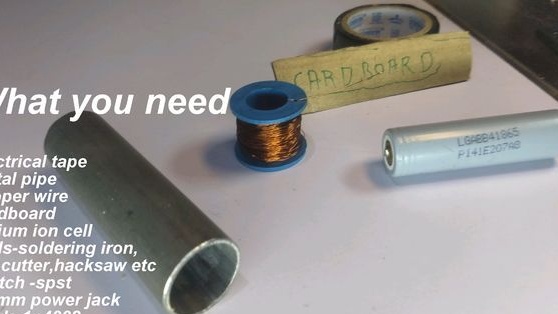
Step One: Handset
The metal tube should be larger in diameter of the battery. Tube length: battery length + the ability to hide electrical components in it. Cuts off the tube. Cleans the edge.
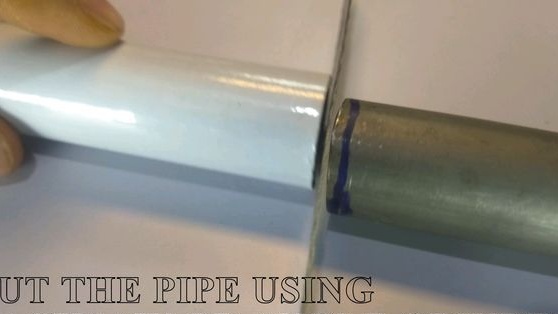
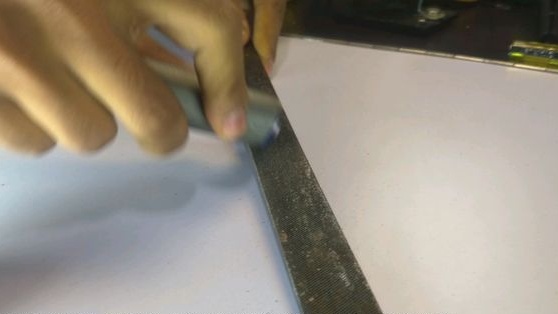
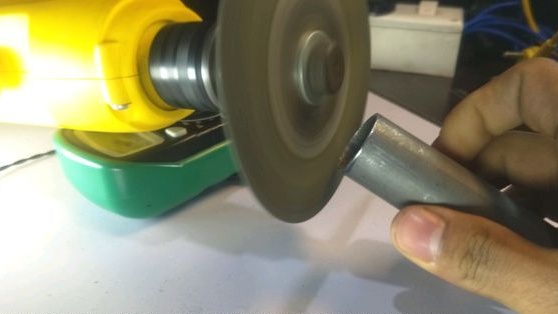
So that the battery does not hang out and there is a thermal gap, cuts out strips of cardboard for sealing.
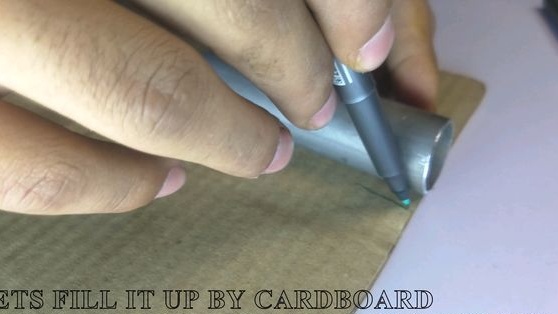
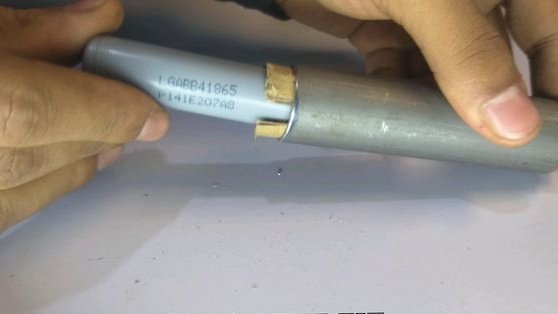
Step Two: Soldering
Solders wires to battery contacts. Soldering should be done without overheating the battery.
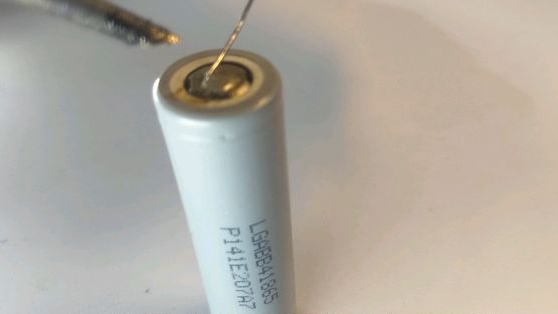


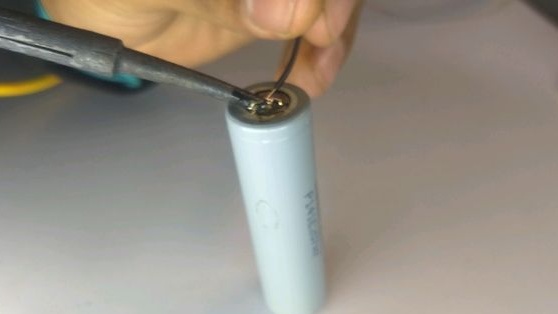
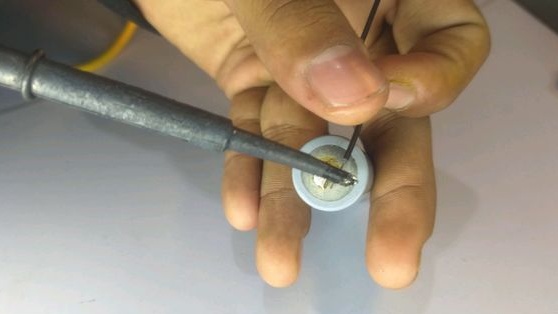
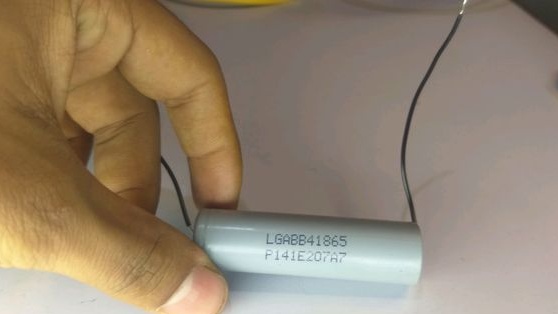
Step Three: Coil
For his device, the master uses 10 meters of copper wire with a diameter of 0.3 mm. Coils the wire along the entire length of the tube. Secures the winding with electrical tape.
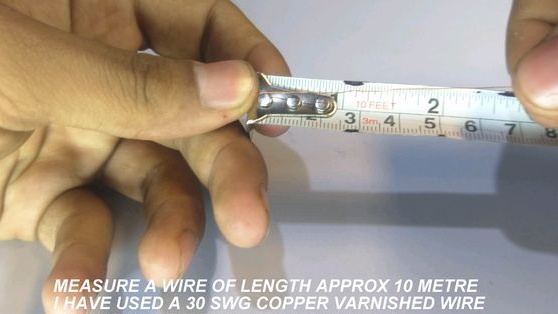
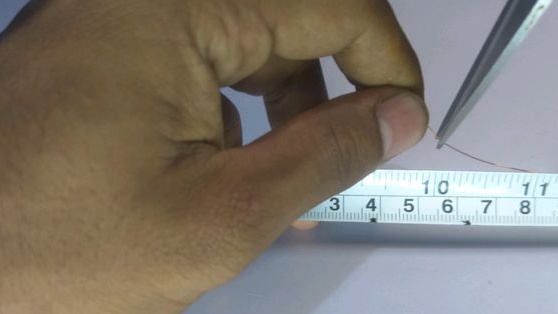
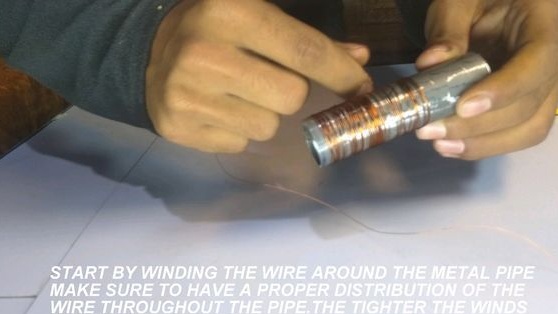
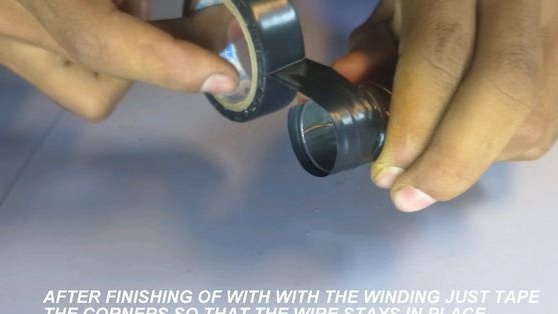
Step Four: Build
Strips the ends of a copper wire.
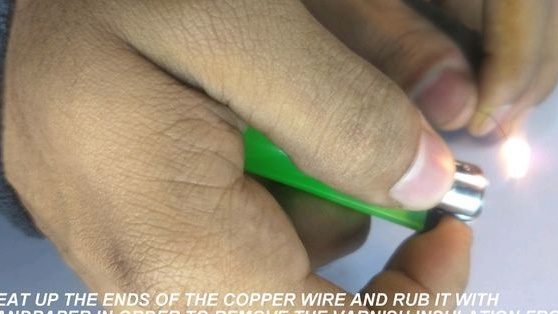
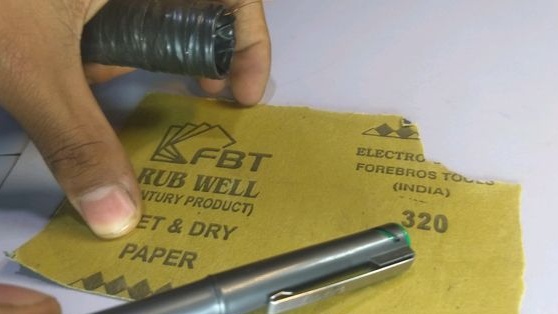
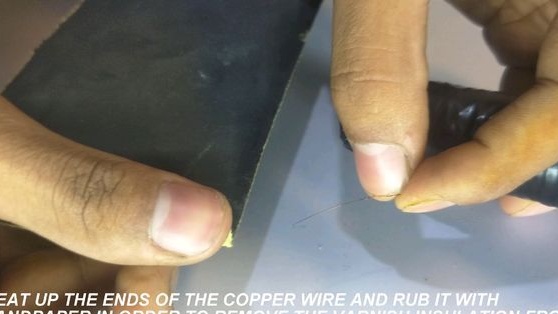
According to the scheme, it mounts the electrical part.
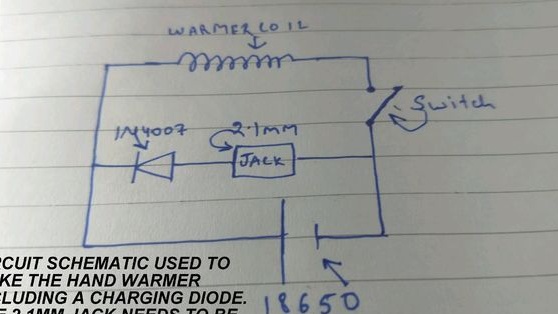
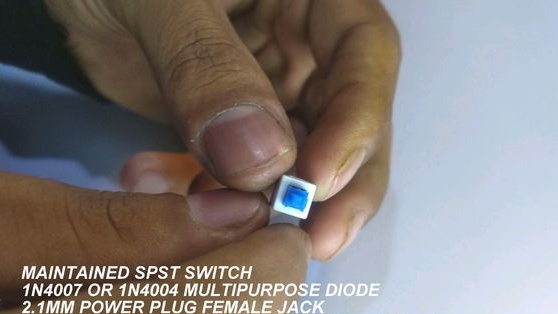
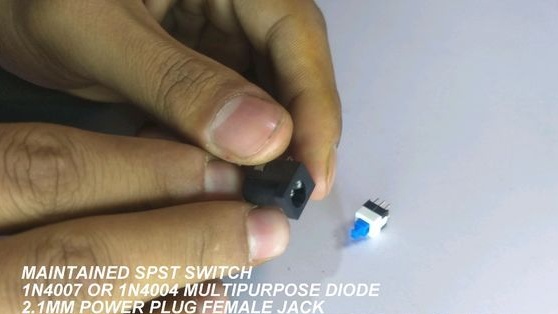
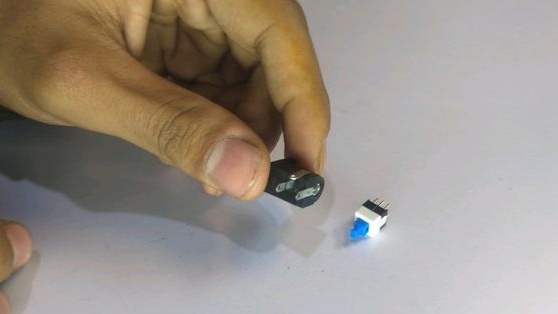
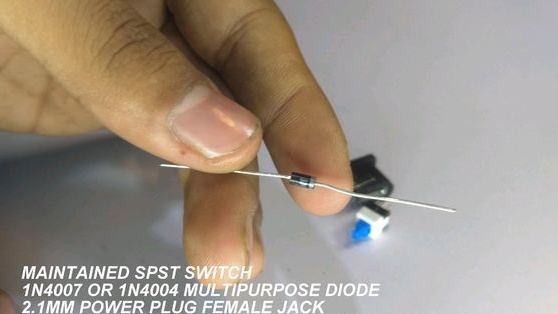

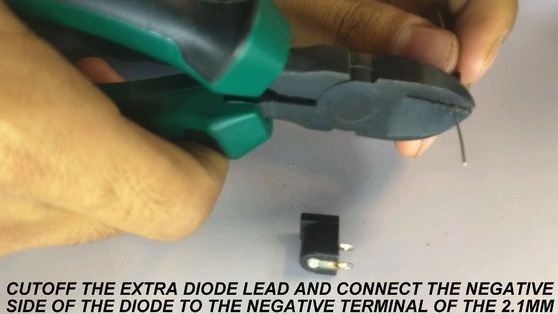
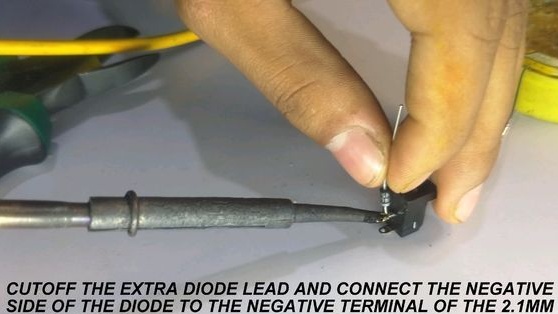
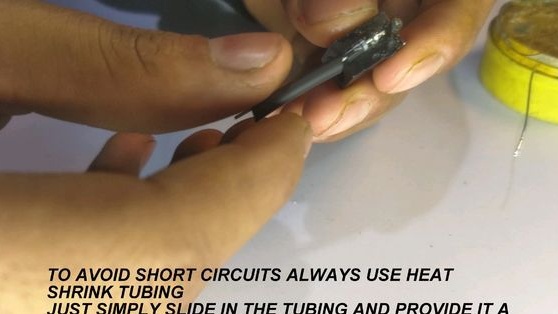
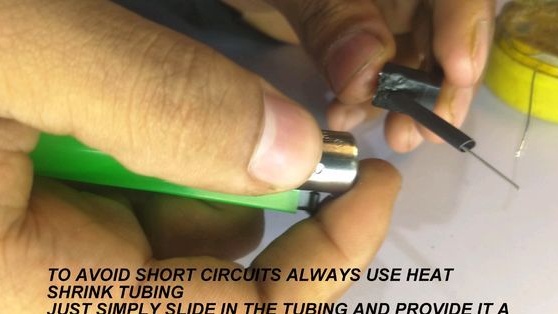
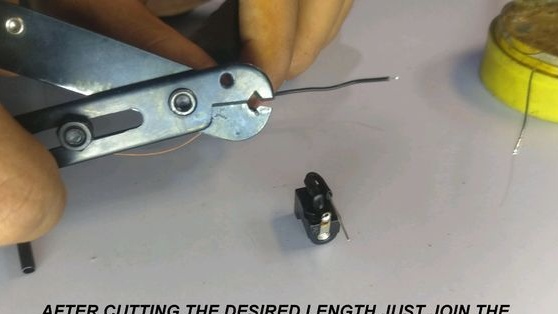
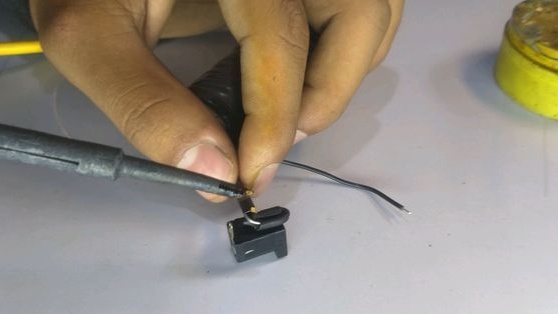
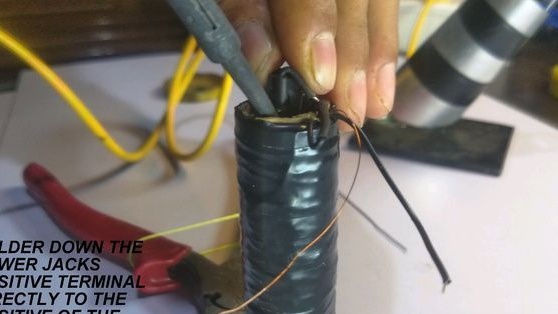
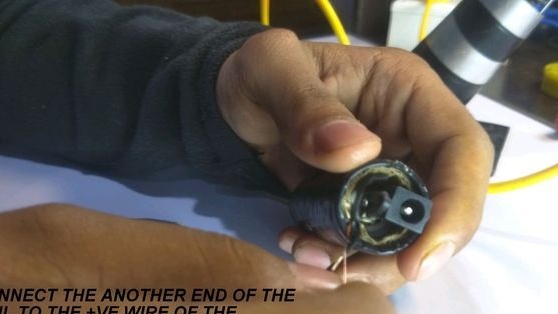
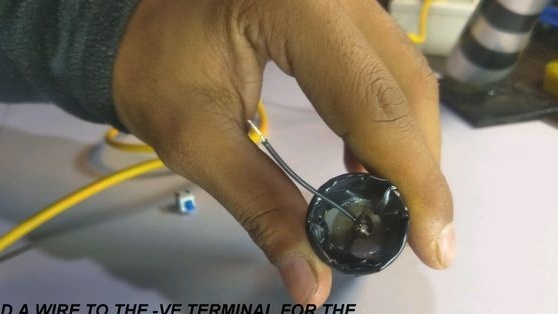

Fills the end part with glue.
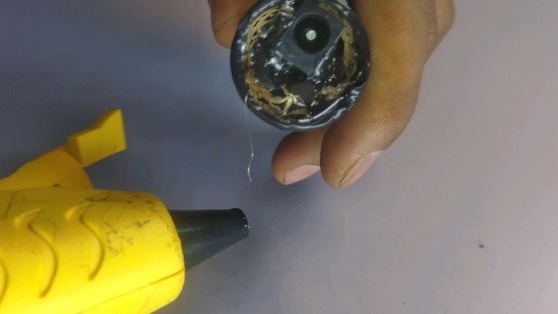
Step Five: Charging
Charges the device. For a full charge, approx. 1 hour
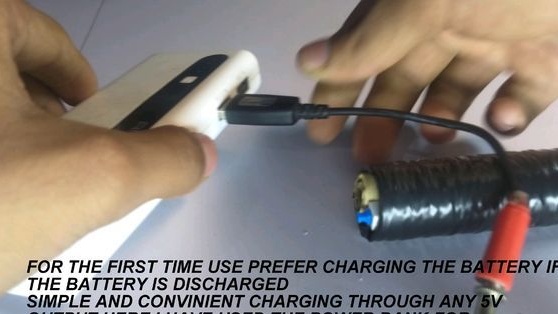
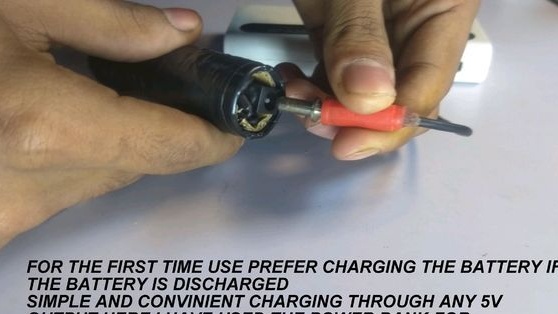
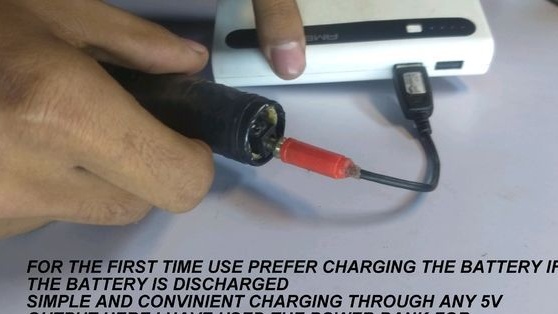
Step Six: Testing and Calculations
After the test, it calculates the operating time of the heater.
Voltage is 3.92 V.
The current is 0.7 A.
The resistance is 5.6 ohms.
Power is 2.74 watts.
Work time is 3.5 hours.
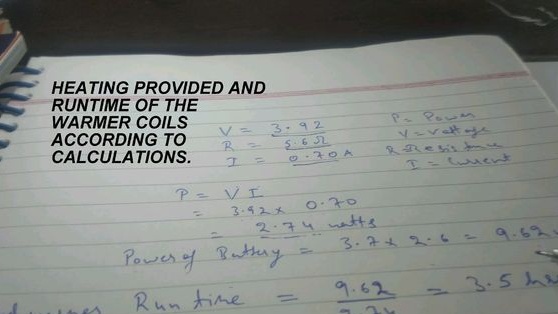

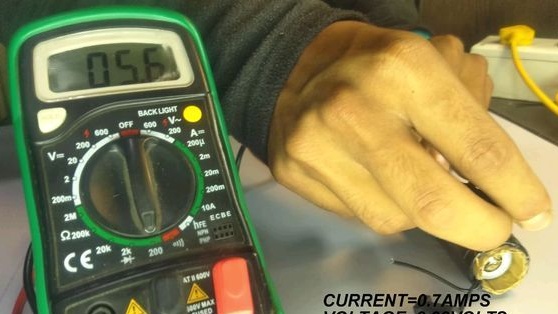

When tested for 1 minute, the heating temperature was 40 degrees Celsius.
